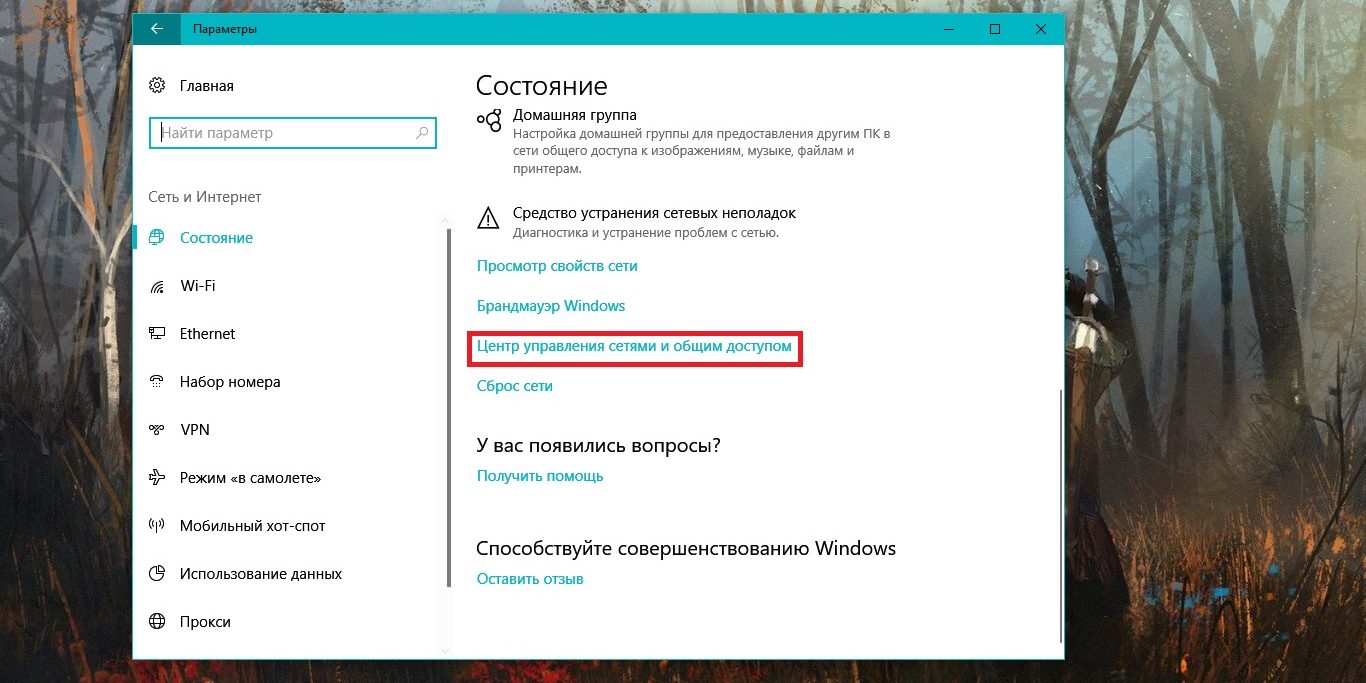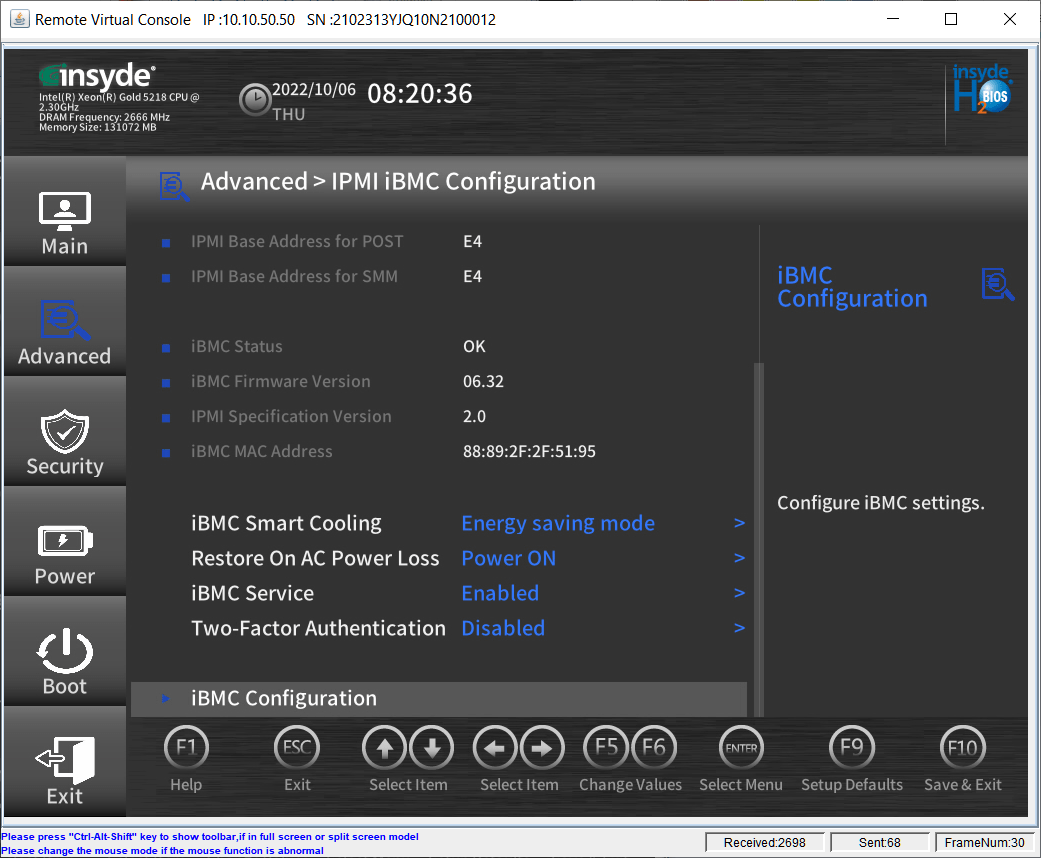[h3]Managing Users and Groups on a Server[/h3]
Configuring and managing users and groups on a server is an important task for ensuring the security and efficiency of the system. There are several ways to solve this task, each with its own advantages and disadvantages. Let’s consider the main ways to manage users and groups on a server.
[h3]Using the Command Line[/h3]
One of the most common ways to manage users and groups on a server is using the command line. With commands such as adduser, usermod, deluser, addgroup, delgroup you can create, modify, and delete users and groups. For example, to create a new user named user1, you can use the command:
sudo adduser user1
[h3]Using the useradd and groupadd Utilities[/h3]
For more convenient management of users and groups on a server, you can use the useradd and groupadd utilities, which allow you to create new users and groups with a single command. For example, to add a new group named group1, you can use the following command:
sudo groupadd group1
[h3]Configuring Access Rights[/h3]
In addition to creating users and groups, it is also important to properly configure access rights to files and folders on the server. For this, you can use the chmod command, which allows you to change the access rights to files and folders. For example, to change the access rights to the file file1 and allow write access only to the owner, you can use the command:
sudo chmod 600 file1
[h3]Using Graphical Utilities[/h3]
For more convenient and intuitive management of users and groups on a server, you can use graphical utilities such as Webmin or Cockpit. These utilities allow you to manage users, groups, access rights, and other server settings through a web interface.
[h3]Comparing Ways to Manage Users and Groups[/h3]
Each of the ways to manage users and groups on a server has its own advantages and disadvantages. Using the command line is the most flexible and powerful way, but it requires knowledge of Linux commands and can be difficult for beginners. The useradd and groupadd utilities provide a simpler way to create users and groups, but they do not always allow complex configurations.
Graphical utilities, such as Webmin or Cockpit, have a user-friendly interface and allow you to manage users and groups with a mouse, making them accessible to a wide range of users. However, such utilities may be less flexible and not provide the same level of control as the command line.
[h3]Conclusion[/h3]
The choice of how to manage users and groups on a server depends on the specific needs and level of knowledge of the administrator. The command line provides greater flexibility and power, the useradd and groupadd utilities simplify the creation of users and groups, and graphical utilities have an intuitive interface. It is important to choose the appropriate method depending on the specific tasks and operating conditions of the server.


![How to Set Up Automated VDS Backups in [Platform/Location]](https://valebyte.com/blog/wp-content/uploads/2025/11/leonardo_3b4910a9-300x169.jpg)


